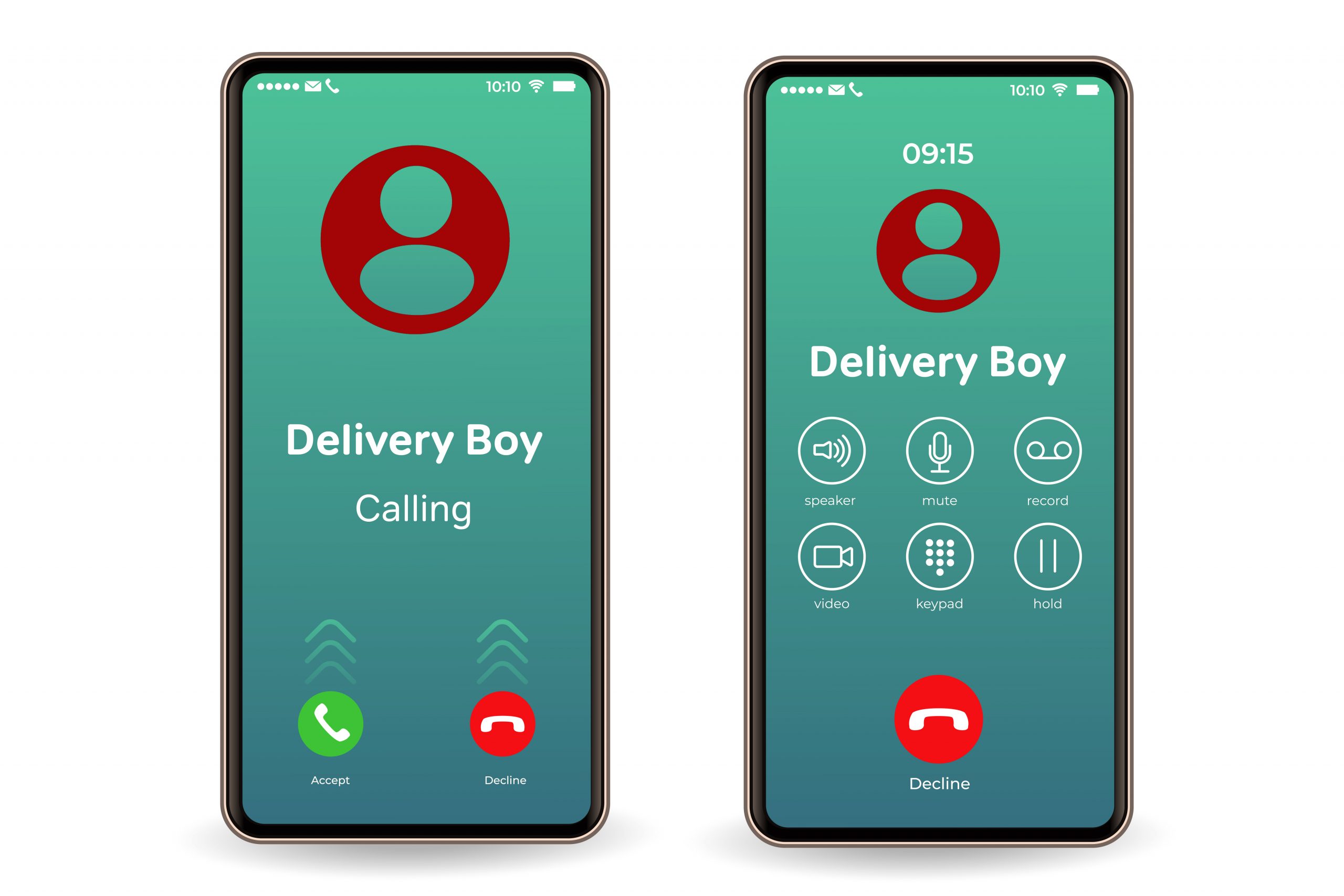How To Integrate Voice Call APIs Into Existing Apps
-
March 13, 2024
-
6 min read

In a rapidly evolving post-pandemic landscape, the way we communicate through apps has taken a front seat, transforming the way we connect for both personal and business purposes. One vital aspect of this digital communication revolution is the seamless integration of voice calls. These real-time interactions have become an integral part of various use cases, from redefining marketing and telehealth to revolutionizing the fintech industry.
Building these cutting-edge capabilities into your application does not need to be a daunting task. In fact, it’s a journey made far more accessible and efficient when you embrace the power of abstraction layers. By doing so, you can navigate the complex operational requirements of real-time communication with ease, allowing you to focus your energies on what truly matters: shaping and refining your core application.
In this article, we’ll help you how you can elevate Voice API to empower your applications with communication features. Let’s get into it.
Why is Voice API is Important for Businesses?
While sending emails and texts serves as a convenient means of communication, certain conversations demand the spoken word to efficiently convey the message. Adding question marks for clarification or exclamation points for emphasis isn’t always adequate. In such instances, the integration of in-app voice call SDKs comes to the fore, bridging the gap by making conversations more personal and effective.
Voice API facilitates
- real-time customer support,
- enhancing customer satisfaction, and
- enabling automation through interactive voice response systems.
These APIs also empower businesses to integrate click-to-call features for sales and marketing, streamline appointment scheduling, and enhance team collaboration through audio conferencing. Voice APIs are invaluable tools for global reach, scalability, and cost savings, ultimately contributing to improved customer engagement, efficient workflows, and better overall business performance.
How to Integrate Voice Call APIs into Your Existing App
Enterprises can now engage in limitless, meaningful communication with clients and colleagues through the utilization of in-app voice-calling integration platforms. Here’s how you can do it.
Choose a Voice Call API Provider:
Selecting the right API provider is crucial. Consider your specific requirements, such as the geographic regions you need to support, scalability, and the features you need. Popular providers like Airtel, Twilio, Nexmo (now Vonage), Plivo, and Agora offer a range of voice call solutions, each with its own strengths. Compare pricing, available features, and documentation to make an informed choice.
Sign Up and Get API Credentials:
Once you’ve chosen a provider, sign up for an account on their platform. This will grant you access to the necessary API credentials. These credentials typically include an API key and an API secret, which are essential for authenticating your app with the API provider’s services.
Set Up a Development Environment:
Your development environment must be appropriately configured to work with the chosen voice call API. Install any SDKs, libraries, or dependencies provided by the API provider for your preferred programming language or platform. This ensures that your app can communicate with the API effectively.
Create a New Project in Your API Dashboard:
After logging into your API provider’s dashboard, create a new project or application. This step is crucial for configuring the settings, obtaining API keys, and managing your voice call integration. Project settings may include call routing rules, security configurations, and other preferences.
Generate and Configure API Tokens:
Some voice call APIs, like Twilio or Agora, use tokens to enhance security and access control. You’ll need to generate these tokens using your API credentials and configure your app to use them. Tokens can be generated for different roles or permissions, such as user, admin, or moderator, depending on your application’s needs.
Building the Integration: The Heart of the Integration Process
Integrating voice call functionality into your app involves several key steps:
- Add SDKs or Libraries: Integrate the API’s SDK or library into your existing app. These libraries provide functions and methods that make it easier to initiate and manage voice calls within your application.
- Initialize the API: Use your API credentials and any generated tokens to initialize the API within your app. This typically involves setting up authentication and other configuration options like choosing the region for hosting your call services.
As you proceed, focus on enhancing the user experience and ensuring security:
- Implement User Interface: Create a user interface within your app for users to initiate and receive voice calls. This may include buttons for actions like starting, answering, ending, or muting calls. Consider the user experience and design for a seamless calling experience.
- Handle Callbacks and Events: Set up event handlers and callbacks to manage different states of voice calls. These events might include call connecting, disconnecting, and handling any errors or issues that may arise during a call.
- Test Your Integration: Before deploying your app, thoroughly test integration in a controlled environment. Test for various scenarios, including poor network conditions and call interruptions, to ensure it functions as expected.
- Handle Permissions and Security:
Ensure your app requests the necessary permissions to make calls. Also, pay attention to data security, especially if your app deals with sensitive user information. Implement encryption and secure data transmission to protect user privacy. - User Experience Design:
Consider the user experience and design aspects of your app. Create features like contact lists, call history, and call quality indicators to provide a smooth and user-friendly calling experience. - Deployment:
Once you’ve completed thorough testing and ensured that your integration works correctly, you can deploy the updated app to your target platforms (e.g., iOS, Android, web). Make sure to follow the guidelines and best practices for app deployment on each platform. - Monitor and Maintain:
After deployment, continue to monitor the performance of integration. Be prepared to address any issues that may arise, such as changes to the API provider’s services or updates to your app. Regularly update your app to ensure compatibility with the latest API versions and security patches.
Conclusion
As we navigate the ever-evolving landscape of communication, it’s clear that audio communication has become indispensable, and its importance cannot be overstated. The surge in demand for online interactions and voice calls, as evidenced by the astounding 800 million calls per day reported by Verizon, underscores the need for robust solutions.
To learn more about how Airtel’s innovative solutions can benefit your business, including high-speed broadband and essential productivity tools like Google Workspace, Conferencing, and Kaspersky Licenses, visit our product website – Airtel Office Internet.
 Share
Share









